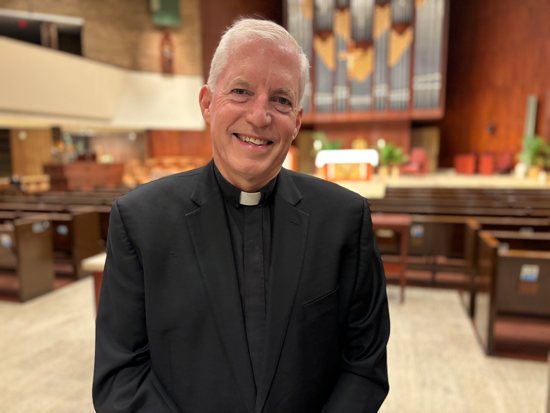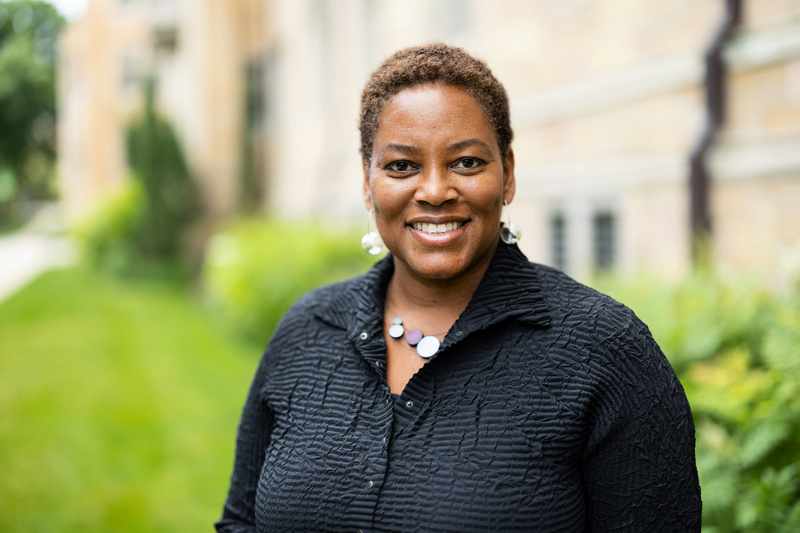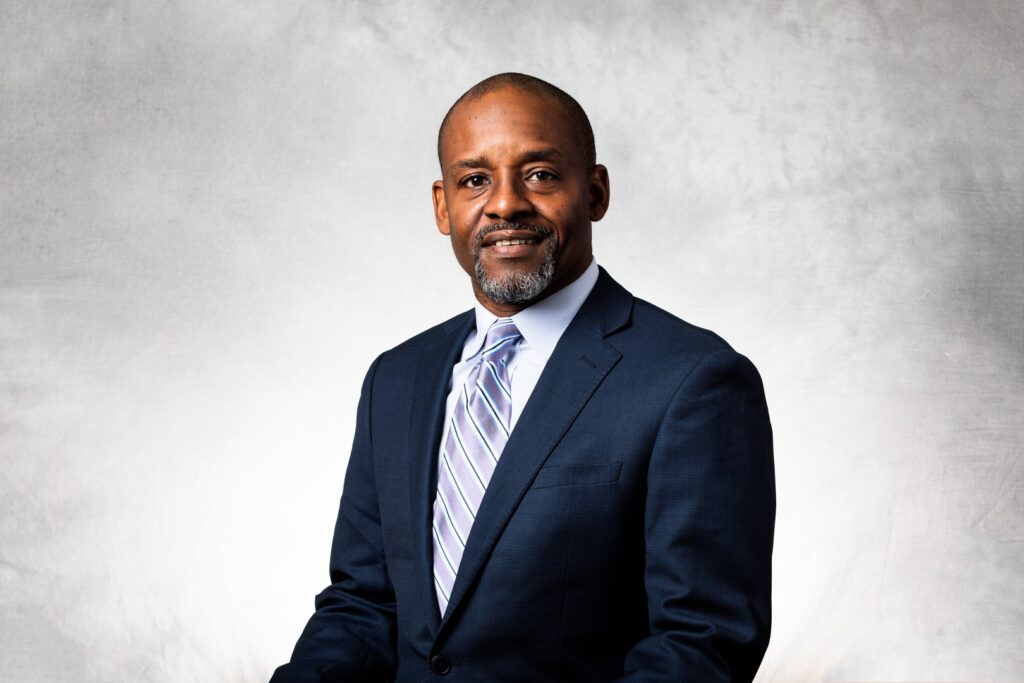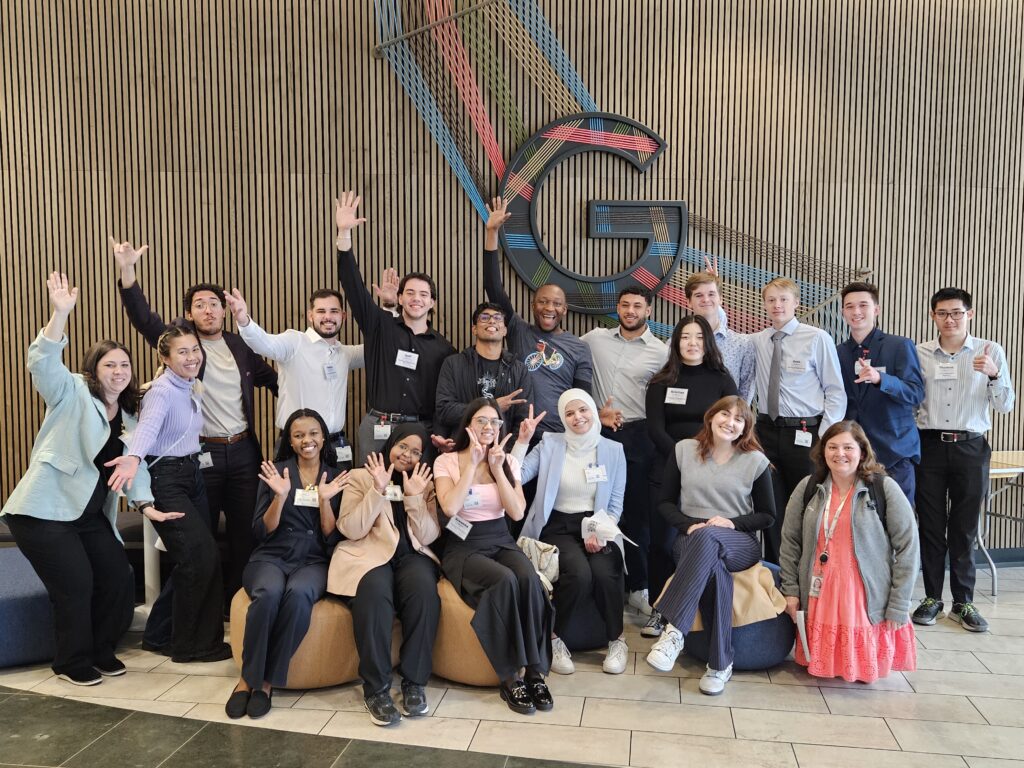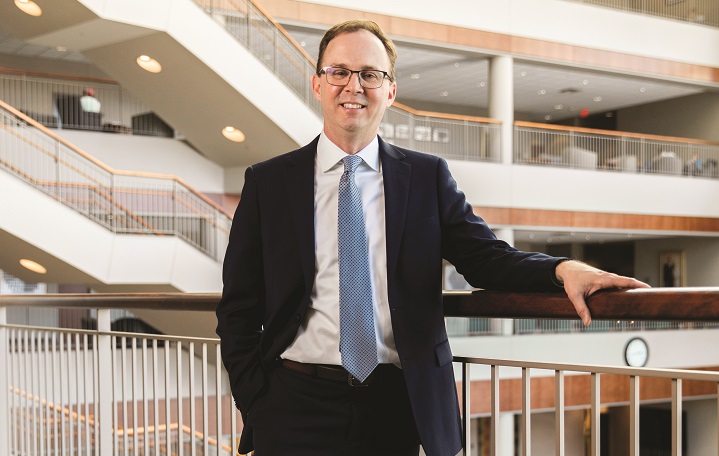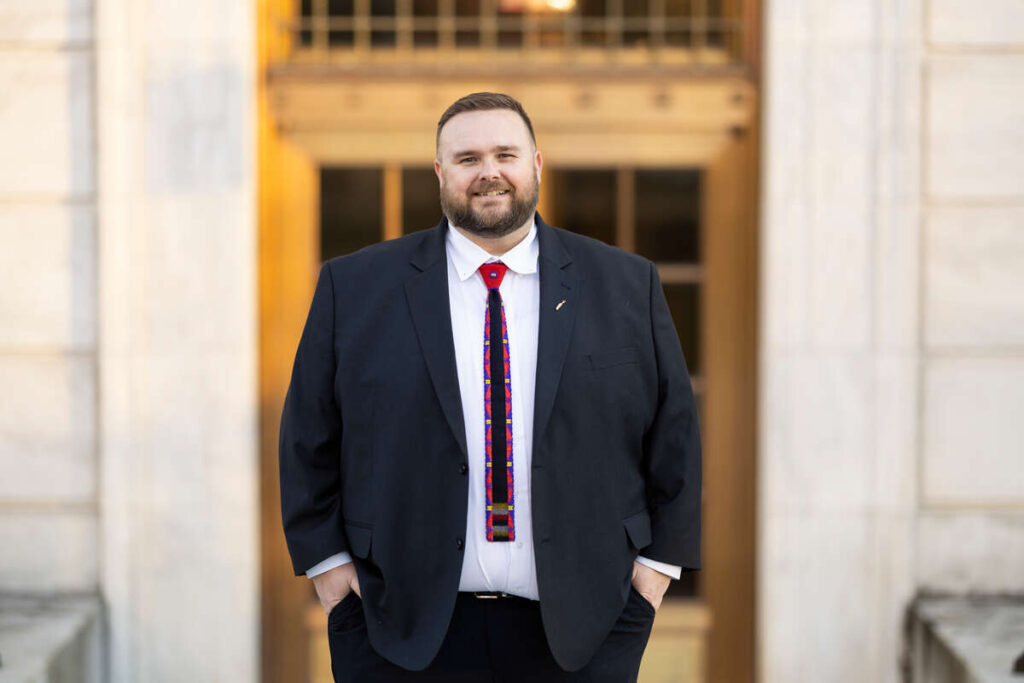Cross-posted from High Performance Health Care

By Stephanie Hegland, Health Care UST MBA '12
What started as a health care policy class last spring for Health Care UST MBA students Laura Templin-Howk and Tina Morey, culminated September 28, 2012, in the Healthy Minnesota: Communities in Action Poster Session and Forum, featuring closing remarks by U.S. Surgeon General Dr. Regina Benjamin. Inspired while being in Washington D.C. during the arguments before the Supreme Court on the legality of the Affordable Care Act (ACA), and encouraged by the legislation’s financial support for proactive, preventive measures (Title IV, Subsection D, “Creating Healthier Communities”), Templin-Howk and Morey sought to showcase Minnesota’s trailblazing community-driven initiatives. And showcase they did, by pulling together 40 examples of why Minnesota continues to lead the nation in healthcare innovation.
Community-led projects throughout the state highlighted the work already being done to improve the health of our communities. Each poster presenter spoke to their projects’ individual mission, success and lessons learned. View the event program, with descriptions and contact information for each project. These projects frequently showcased partnerships between communities, healthcare providers and systems, ancillary providers, community agencies and school districts. Let’s face it; it’s not a secret that greater physical activity, eating more fruits and vegetables, regular health screenings, and increased collaboration between providers leads to improved health outcomes for the state’s population. But how to accomplish these improvements? Therein lies the challenge. And further, how will policies, systems and environmental changes be modified to sustain these improvements?
In addition to the posters, a panel of presenters, moderated by Minnesota Commissioner of Health Dr. Edward Ehlinger, discussed what was learned while implementing the community-led initiatives of Allina’s Healthy Communities Partnership, Blue Cross Blue Shield’s do.town, Hennepin County’s Hennepin Health and New Ulm’s Hearts Beat Back. Dr. Ehlinger kicked off the discussion by calling for a need to balance healthcare investment between treatment and prevention, and to create healthier communities that make it easy for individuals to make the healthy choice the easy choice. According to Dr. Ehlinger, 40% of behavior that impacts health occurs where we live, work, play, learn and pray. It is these types of initiatives, occurring in the community, which set the stage to change the policies that will lead to improved health outcomes for all citizens.
Some key discussion points addressed by the panel:
- Push for continued public investment, as provided through the Minnesota Department of Health Statewide Health Improvement Program (SHIP) grants. Government funding allowed projects to experiment with new ideas, share resources/materials developed with interested parties, expand initiatives to worksites and drive community engagement.
- Encourage collaboration among health care providers that were once perceived as competitors. When providers join together, patients experience comprehensive health care, less duplication of efforts, and improved outcomes at less cost.
- Move prevention upstream (from a financial perspective). Frequently, the current health care model funds crisis – people enter the health care system through an acute care setting, often when they are ill. Rather, the health care model needs to evolve to greater investment in prevention and community engagement prior to illness. Additionally, the model needs to reward providers for keeping patients healthy, rather than treating the sick.
- Engage community members – allow them to drive change, rather than be passive recipients. Success was nearly guaranteed when project teams asked community members what changes they wanted to see, what changes they needed in their neighborhoods, and how to achieve sustainable improvements (both financial and tactical).
- Change social norms around what constitutes healthy behavior – encouraging communities to be accountable for themselves and each other.
- Recognize roadblocks – time, a health care system that’s based on payment for sick people, prioritizing multiple expensive interventions, and “changing behavior in mid-air while needing to still fly the plane.”
Senator Dave Durenberger concluded the discussion by saying “these projects bring out the ‘we’ instead of me”, and introduced Dr. Regina Benjamin. She complimented the panel and poster presenters for representing many of the strategies outlined by the National Prevention Council. And she congratulated Templin-Howk and Morey for demonstrating the leadership needed to engage all communities toward improved health.
